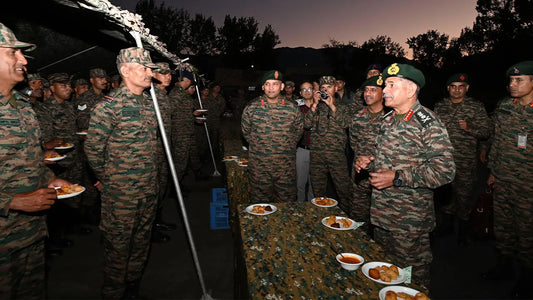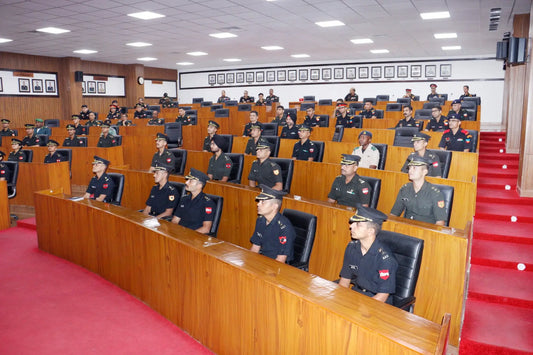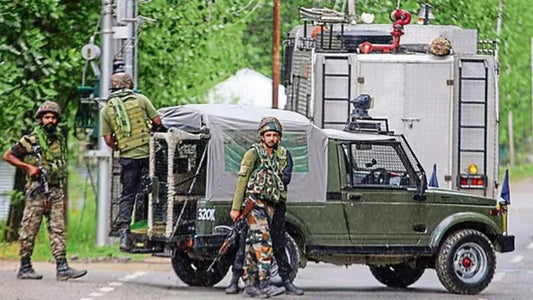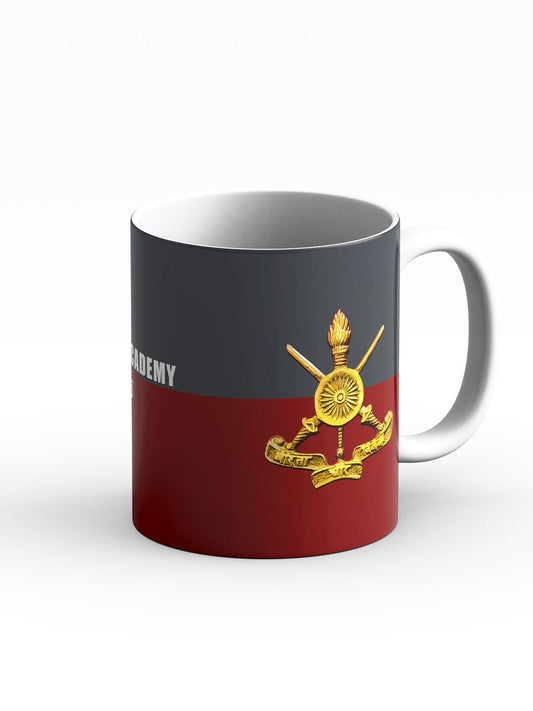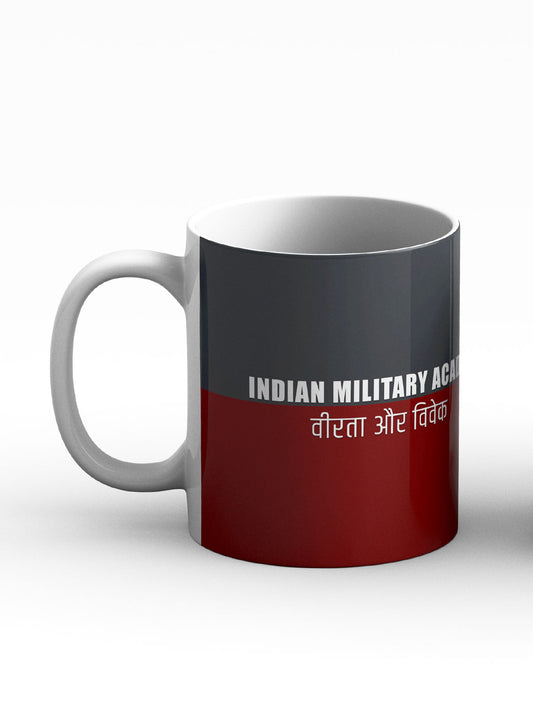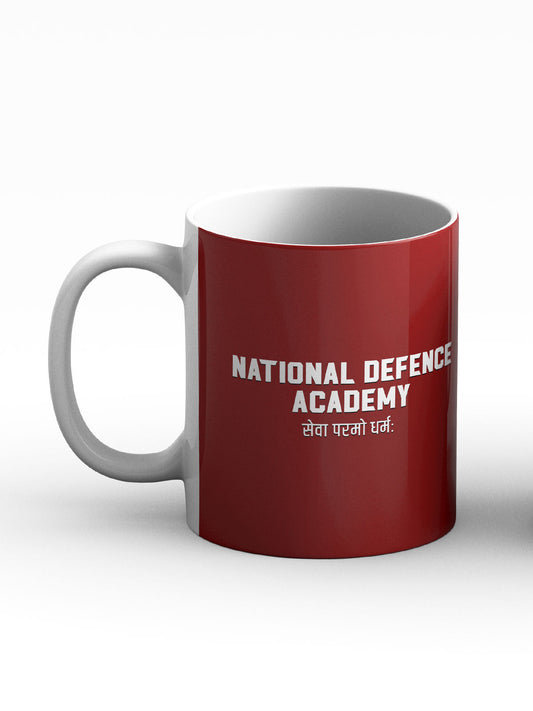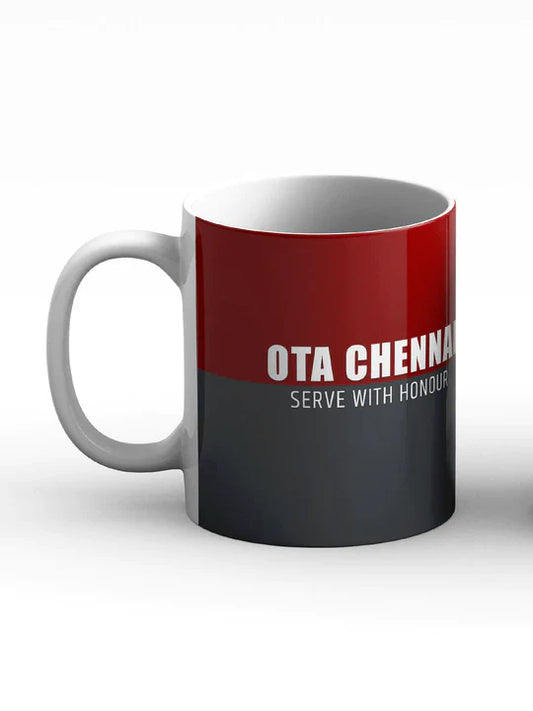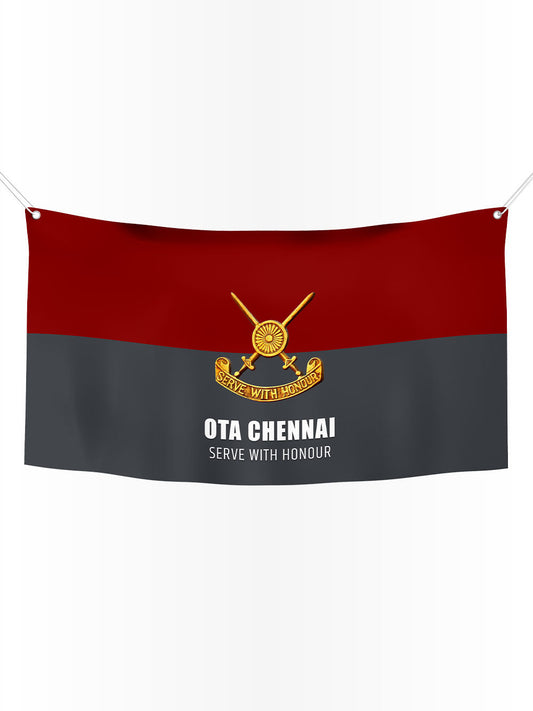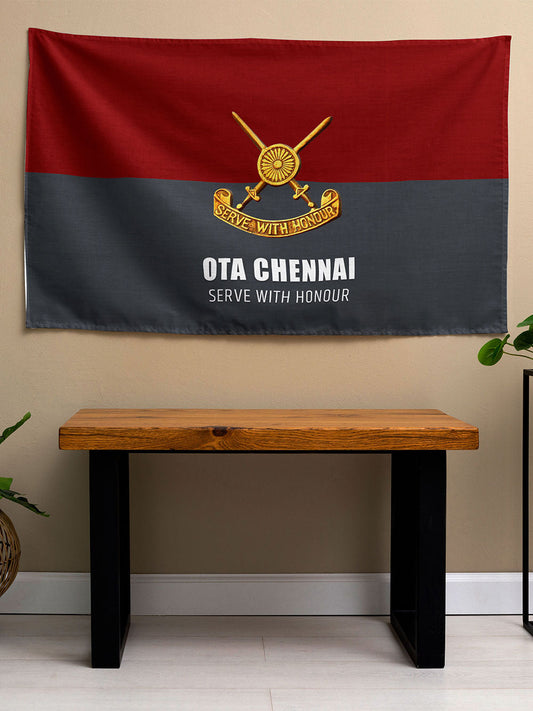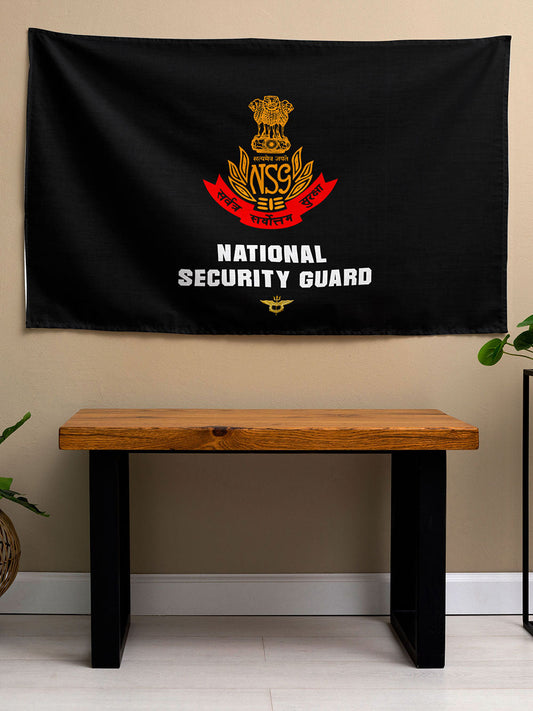Lt Gen Kumar Highlights Success of Indigenous Weaponry in Operation SINDOOR
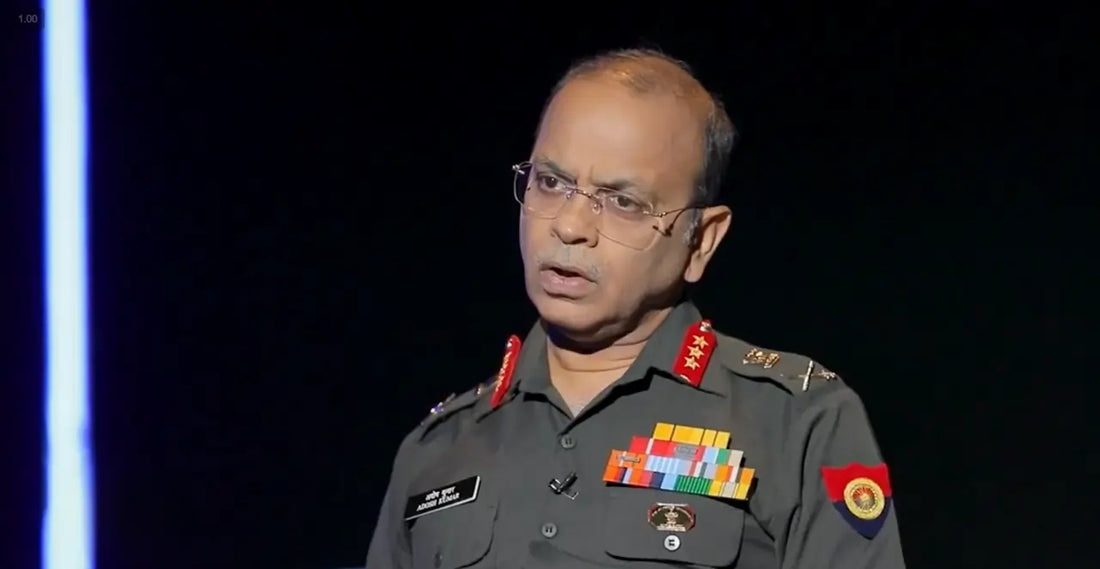
Lt Gen Adosh Kumar, the Director General of Artillery and leader of the Indian Army’s Artillery Division, announced on Sunday that India's domestically-produced weapon systems proved crucial in Operation SINDOOR. He stated that these systems effectively countered the adversary's imported weapons. In a WION podcast interview, Kumar underscored the importance of maintaining momentum in defense indigenisation and called for increased investment in research and development.
Lt Gen Kumar, who was commissioned in June 1986 and assumed his current role in May 2023, noted that modern warfare has evolved into multi-domain, high-precision non-contact operations, necessitating a shift in India’s strategic approach. Describing the new "Zero Tolerance" policy as a standard, he emphasized that punitive retaliation aims to cause significant damage to enemy infrastructure, thereby deterring future misadventures.
Discussing insights from Operation SINDOOR, Kumar highlighted several priorities for the Regiment of Artillery:
| • Loiter munitions and standoff systems: | Loiter munitions are identified as cost-effective, high-impact systems effective against precision targets. Kumar advocated for loiter munitions with extended range, endurance, and resilience in challenging electronic-warfare conditions. |
| • Range and precision: | Focus should be on enhancing capabilities to strike targets at greater distances with precision, utilizing a mix of guided rockets, missiles, and tube artillery. |
| • Persistent surveillance: | He called for ongoing surveillance at all levels—strategic, operational, and tactical—utilizing satellite imagery, air photos, radars, and surveillance drones. |
| • Mobility and protection: | There is a need for greater overhead protection for gun areas and enhanced mobility for artillery systems to shoot and relocate before detection. |
| • Electronic warfare and digitisation: | To enhance survivability and effectiveness in contested electronic environments, stronger electronic warfare capabilities and rapid digitisation are required. |
Kumar outlined the modernization plan, which is influenced by six factors, though he did not list them entirely. He reiterated progress on several initiatives, such as the induction of more Pinaka rocket regiments, trials for guided extended-range Pinaka rockets intended to double range and improve precision, and upcoming deliveries of K9 guns. These developments include exploring longer-range rocket options with ranges of 120 km and 300 km from the Pinaka launcher.
He highlighted the success of the Pinaka rocket system within India’s Atmanirbharta initiative, noting that guided, extended-range variants are currently under trial, with contract action anticipated within the financial year.
Regarding unmanned systems, Lt Gen Kumar underscored the significant impact of UAS in modern conflicts, pointing to recent global instances of kamikaze drones targeting strategic assets. He advocated for AI-enabled unmanned aerial systems with precision-targeting capabilities. Organizational changes within India include the establishment of Shaktiban regiments and Divyastra batteries to enhance UAS capabilities, the creation of a Drone Experience Centre, and the introduction of simulators and virtual-reality training at the School of Artillery.
Kumar emphasized the need for training to keep pace with technological advancements. Simulators, combined with live-firing experiences, are essential for developing operator proficiency, and the school now offers VR observation-post simulators for realistic training environments.
Looking forward, Kumar described future warfare as increasingly complex, hybrid, and multi-domain, characterized by greater battlefield transparency and simultaneous, intense operations. He advocated for a balanced arsenal of guns, rockets, and missiles, stressing that capability development should be both forward-looking and responsive to terrain and threat dynamics.
Concluding with a strategic perspective, Lt Gen Kumar expressed that the Regiment of Artillery is transitioning from an influence-focused arm to a decision-making force. Aligned with the Chief of Army Staff's transformation agenda, the strategy emphasizes modernization through indigenisation, integrating public and private industry, and developing a decisive, technology-driven artillery force capable of influencing battlefield outcomes.
